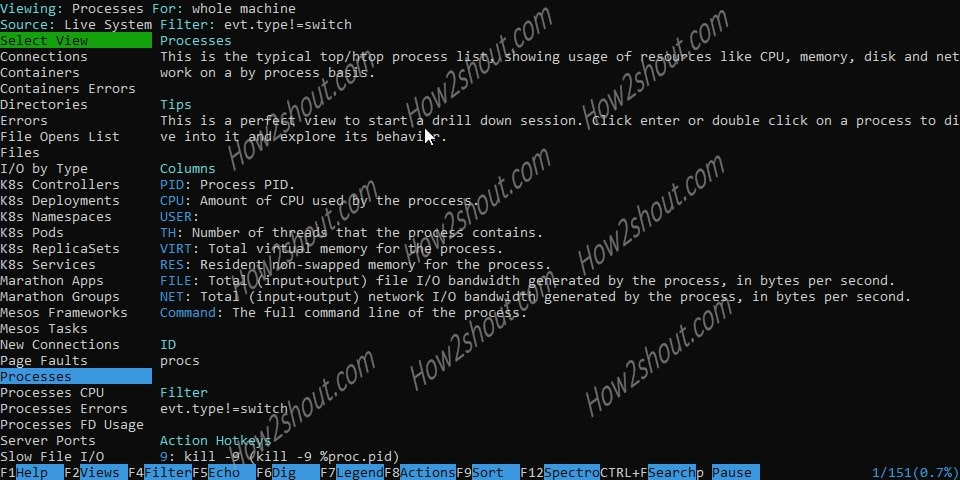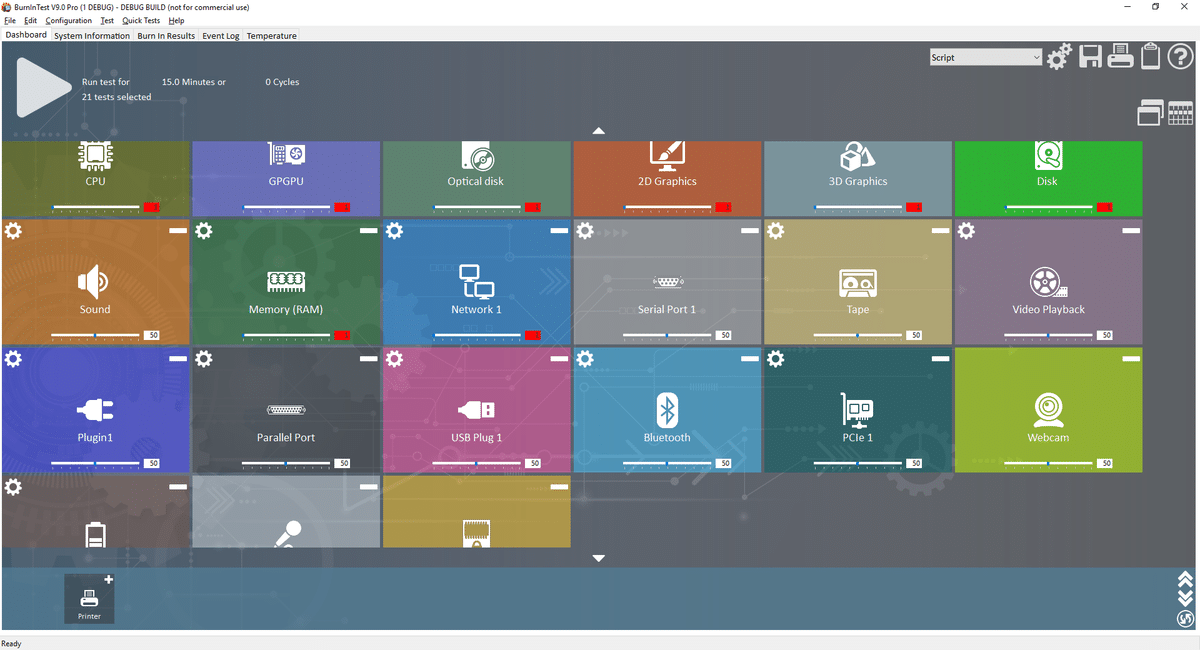


Use mmap N bytes per vm worker, the default is 256MB. Stress-ng -disk 2 -io 2 -timeout 60s -metrics-brief Unix / Linux memory stress test One can pass the -io N option to the stress-ng command to commit buffer cache to disk: Stress-ng -disk 2 -timeout 60s -metrics-brief Stress-ng -cpu 4 -timeout 60s -metrics-briefįor disk start N workers continually writing, reading and removing temporary files: Let us start N workers exercising the CPU by sequentially working through all the different CPU stress methods: Install stress on a CentOS, RHEL, and Fedora Linuxįirst, turn on EPEL repo and then type the following yum command to install the same:Īlways note down the output of uptime command before starting it: You can install stress as part of the Linux or Unix distribution. The tool is known to work on x86 Linux and FreeBSD/OpenBSD, powerpc AIX and Linux, SPARC Solaris, Compaq Alpha Tru64 UNIX, and many others. This program is supposed to be easy to use and recommended for new sysadmins. Getting started with stress tool on Linux Also, note that tools will stress out your server resources quickly so use the following command judiciously. Warning: Running the following tools with root privileges is recommended to avoid out of memory and other errors. It includes over 60 different stress tests, over 50 CPU specific stress tests that exercise floating point, integer, bit manipulation and control flow, over 20 virtual memory stress tests.stress-ng : It is an updated version of stress tool and it will stress test a server for the following features:.It is not a benchmark, but is rather a tool designed It is written in C, and is free software licensed under the GPLv2. It imposes a configurable amount of CPU, memory, I/O, and disk stress on the system.

stress : It is a simple workload generator for POSIX systems.Tools To Stress Test CPU and Memory (VM) On a Linux / Unix


 0 kommentar(er)
0 kommentar(er)
